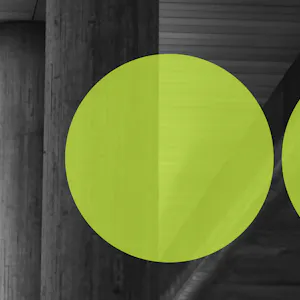Emerging threats

We support organisations striving to build a trustworthy, safe online environment where users can engage authentically in their communities.
Cross-sector corporatesWe support international government organisations and NGOs working to provide infrastructure or improve the capabilities, security and resilience of their nation.
International programmes and developmentWe support commercial organisations operating in a digital world, seeking to protect their reputation and prevent business disruption caused by cyber attacks and compliance breaches.
UK government and public sectorWe support UK government organisations responsible for safeguarding critical infrastructure, preserving public trust, and maintaining national security.



Last week, world-renowned camera company, Leica announced the release of its first ‘Encryption Verification’ camera with content credentials built in. This camera is intrinsically designed to ensure the authenticity of photos taken on it, and has features which embed a photo’s metadata, including the location, camera make, picture mode, and details of any editing history. Images can also be verified through an external website or through the Leica app, providing another avenue to confirm the legitimacy of images. Designed initially for photojournalists, this product comes at a time when images are highly susceptible to misattribution, manipulation and even being wholly generated by artificial intelligence. From AI photos of Donald Trump, to misattributed photos of conflict zones – the integrity of photos is important to maintaining public trust in what we see online, now more than ever.
One drawback is the hefty price tag of $9,000, which will create barriers to access. However, the technology behind this product is still exciting, and down the line will hopefully become more widely available to consumers, journalists, and the general public. Photo verification services are not new, but embedding of this technology into everyday products such as cameras tackles the problem directly at the point of capture. In August, Canon partnered with Reuters and Starling Lab, an academic research lab, to run a pilot program which explored how embedding metadata within images might create an increased sense of trust from viewers around the integrity of the image.
This pilot and other initiatives by camera brands and technology companies is encouraging, especially given the ease at which manipulated images can spread like wildfire on social media. There are, of course, questions about the ease of accessibility and how this type of technology will develop. But for right now, the move towards cementing authenticity and legitimacy within photos and products themselves signals a new approach to tacking misinformation. This will be beneficial not just for photographers and photojournalists, but also for members of the OSINT community who work to fight against misattributed and manipulated content.
More about Protection Group International's Digital Investigations
Our Digital Investigations Analysts combine modern exploitative technology with deep human analytical expertise that covers the social media platforms themselves and the behaviours and the intents of those who use them. Our experienced analyst team have a deep understanding of how various threat groups use social media and follow a three-pronged approach focused on content, behaviour and infrastructure to assess and substantiate threat landscapes.
Disclaimer: Protection Group International does not endorse any of the linked content.

Last week, the WeProtect Global Alliance launched their flagship biennial report, the Global Threat Assessment 2025 (GTA25).

PGI has officially been recognised as an Assured Cyber Advisor by the UK’s most trusted cyber security body, the National Cyber Security Centre (NCSC).

“The question is not whether AI will influence international peace and security, but how we will shape that influence.